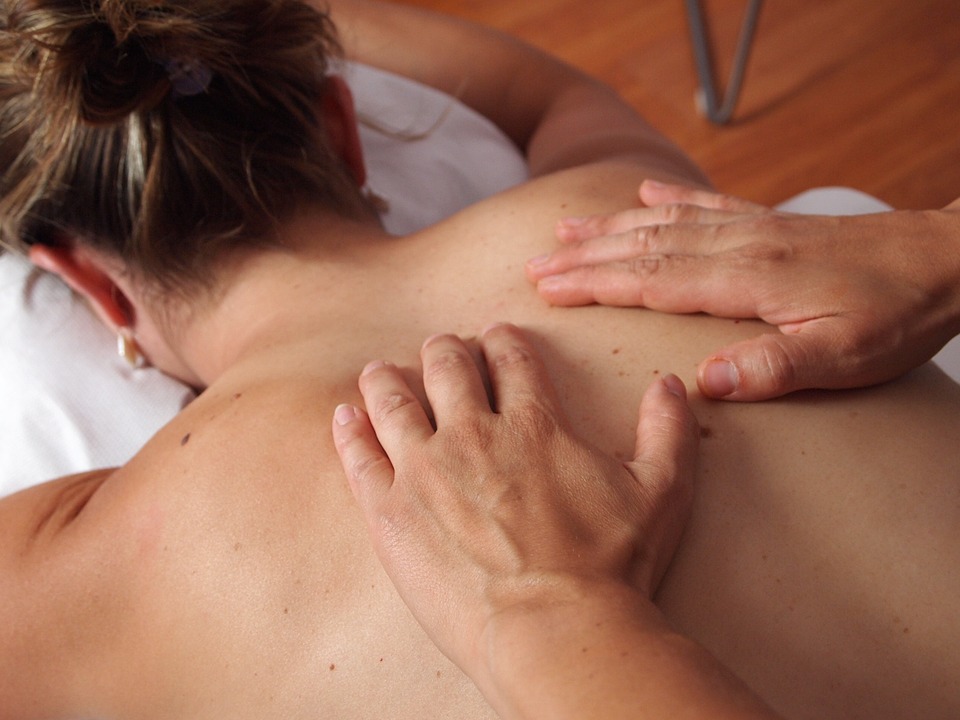The science of your skin
by Ailsa Harvey · 04/10/2019
Lifting the lid on the body's largest and most sensitive organ

Weighing in at 2.7 kilograms, your skin is by far the largest organ in, or rather on, your body. Wrapped around you from head to toe, it provides a waterproof barrier that separates your tissues from the outside world. Skin keeps moisture in, blocks out the light, stores fat, senses touch, regulates temperature and shields you against infection.
To do all this it has three separate layers, each packed with a different set of specialist cells.
The outermost layer of the skin is the epidermis. It contains four or five layers of skin cells, which come from cube-shaped stem cells deep under the surface. These stem cells make enough new skin cells to completely replace your skin every four weeks. The skin cells themselves are called keratinocytes, because they make the protein keratin. This is the same tough fibre that makes hair and nails. As new keratinocytes appear, they push the old ones upwards and, as the cells get closer to the surface, they become flatter and tougher. The cells die as they reach the very outer layer, forming a hard and water-resistant barrier.
Collagen fibres connect the epidermis to the next layer of skin via a series of finger-shaped folds. This layer, called the dermis, contains blood and lymphatic vessels, nerves, hair follicles and sweat glands. These structures all sit in a layer of flexible fibres, which are made by specialised cells called fibroblasts. The fibres – elastin and collagen – give skin its strength and ability to stretch.
The very bottom layer of skin is the hypodermis, and it links the skin to the inside of the body, connecting it up with muscle, bone and tissue. Here, cells called adipocytes store excess energy as fat, providing a layer of insulation and cushioning against impacts.
Types of skin

Your skin might be one organ, but it’s not the same all over your body; different zones vary in thickness, oiliness, sweatiness and hairiness. The palms of your hands and the soles of your feet have the thickest skin, with an extra layer of cells in the epidermis. They have fat
pads under the surface and, though they don’t make hair or sebum, they produce lots of sweat. Your armpits, in contrast, are very hairy and produce lots of oil, contributing to body odour. They also have a higher pH than the rest of the skin, making it much easier for bacteria to grow. The most delicate skin on your body is on your eyelids. At just 0.04mm thick it is 40-times thinner than the skin on the soles of your feet.
This article was originally published in How It Works issue 118, written by Laura Mears
For more science and technology articles, pick up the latest copy of How It Works from all good retailers or from our website now. If you have a tablet or smartphone, you can also download the digital version onto your iOS or Android device. To make sure you never miss an issue of How It Works magazine, subscribe today!




